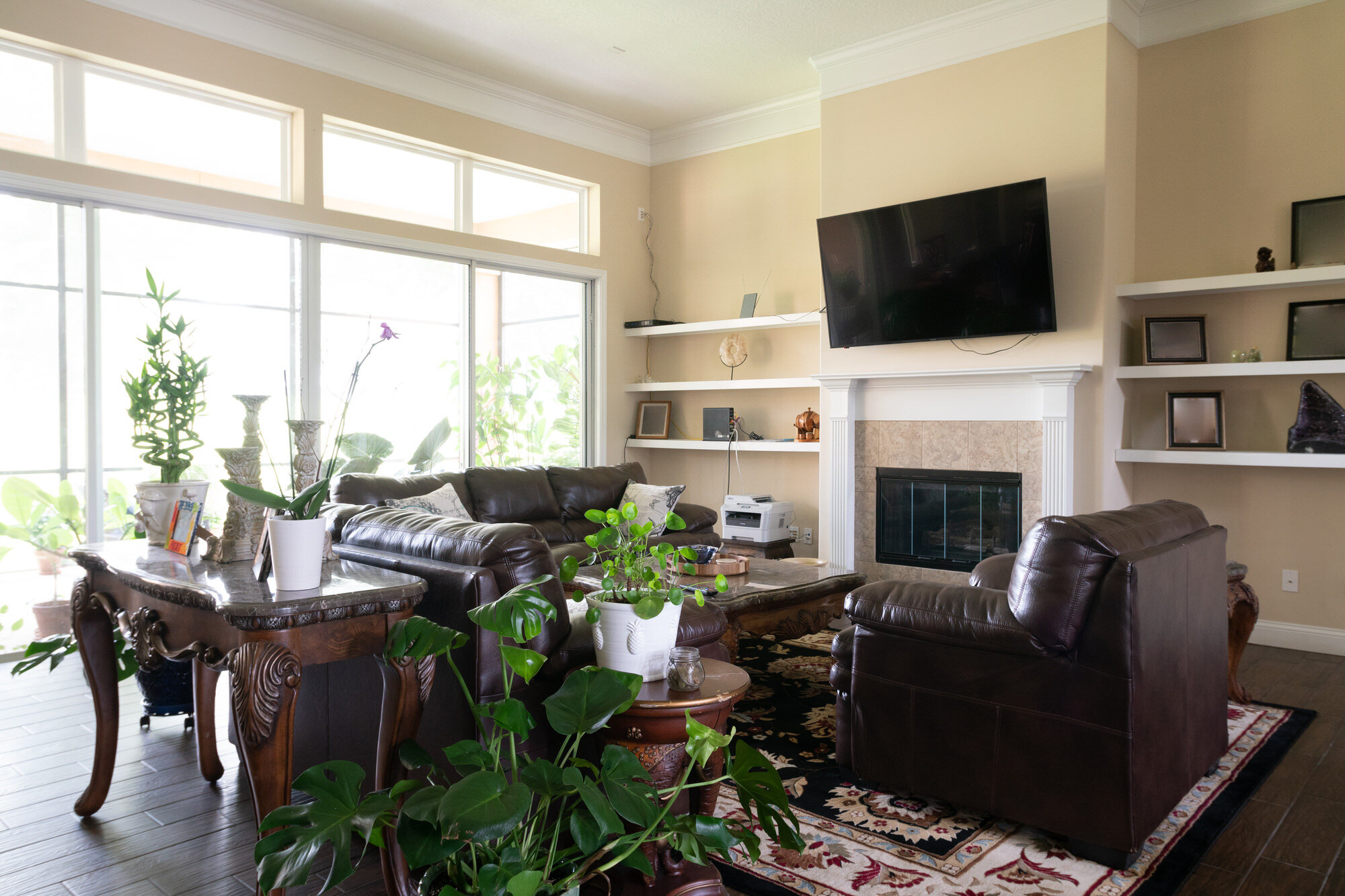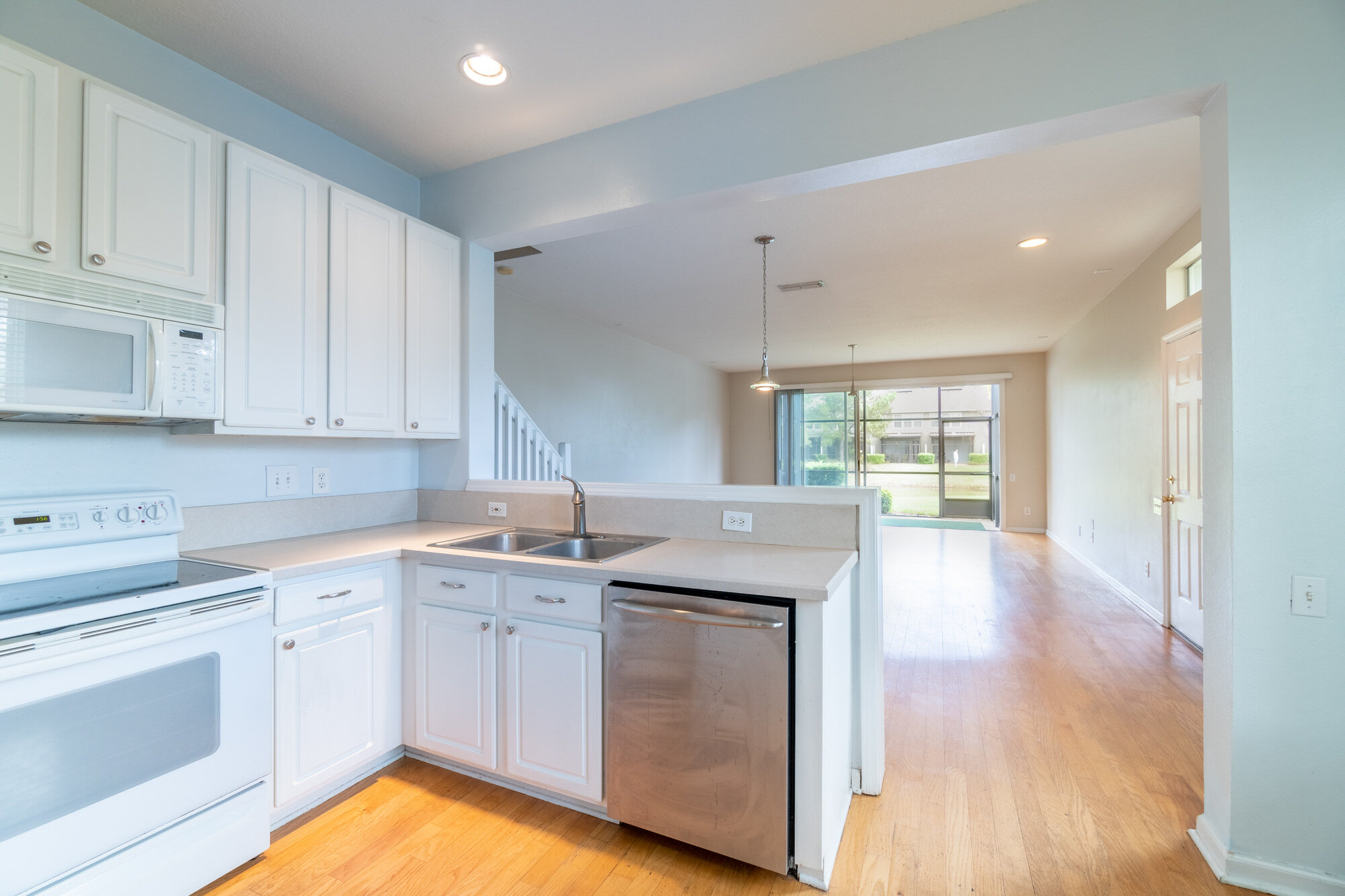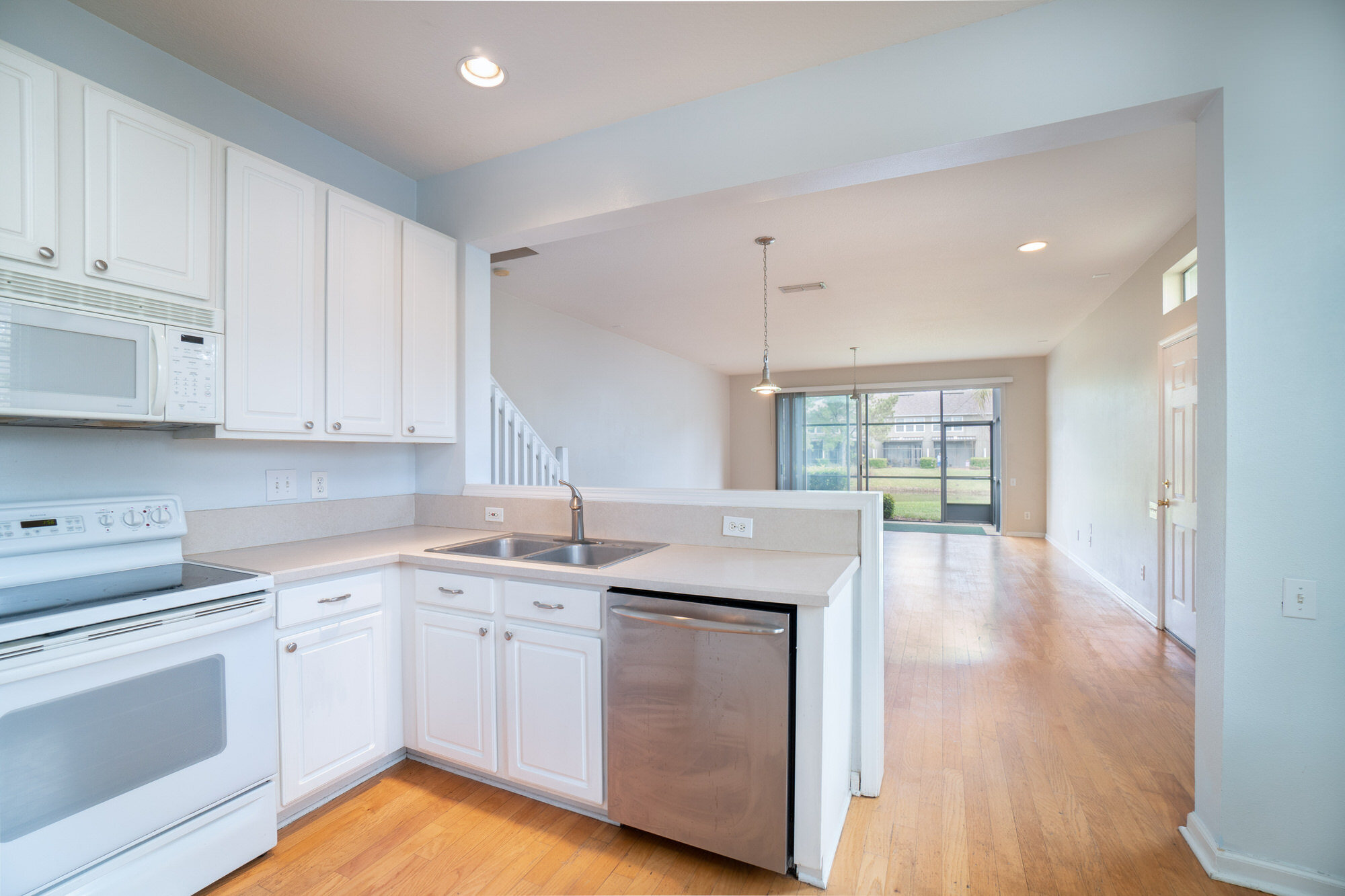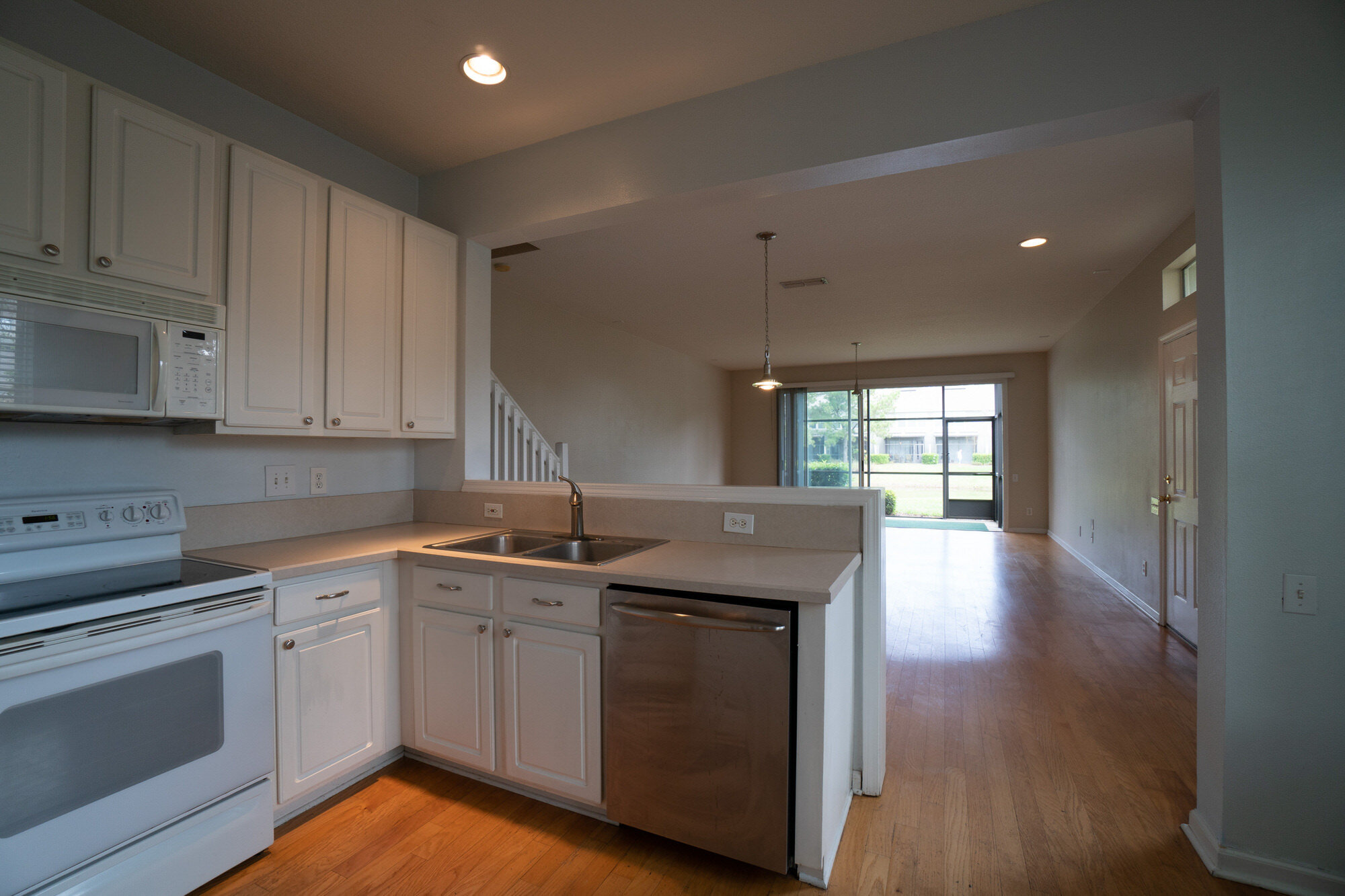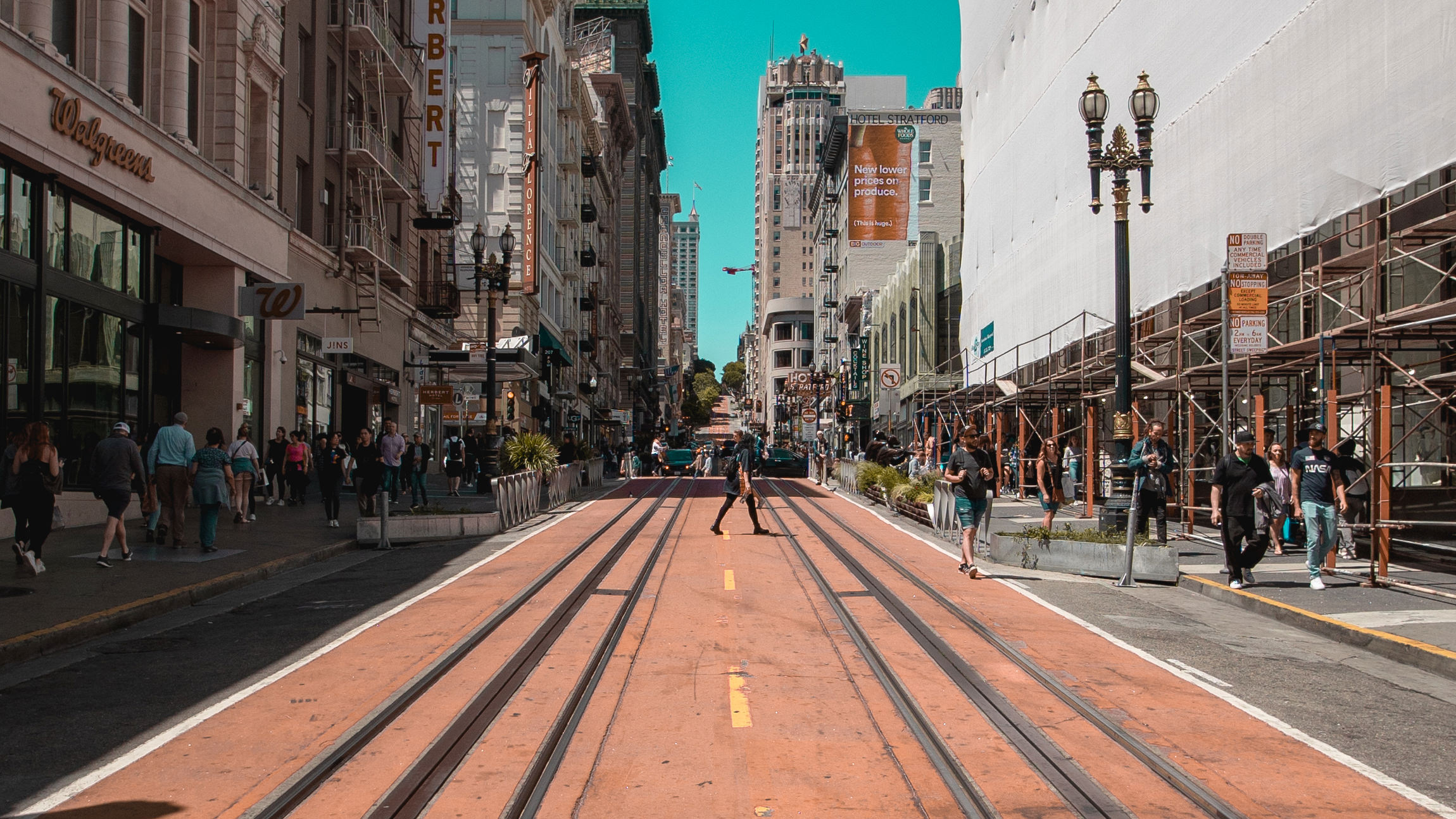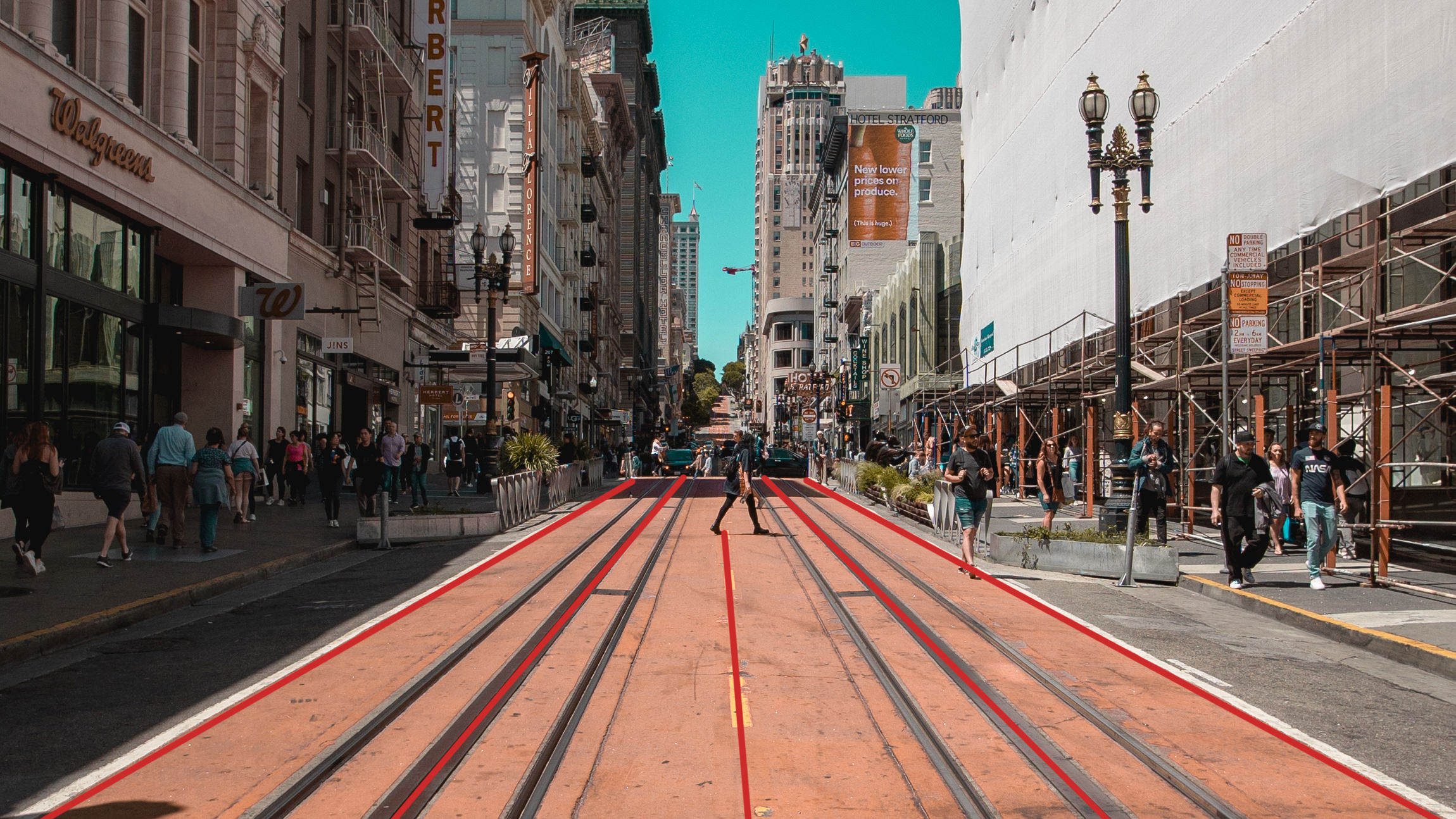Congratulations on getting your real estate salespersons license! Like most new agents you’re probably itching to get going selling homes. The great thing is that by reading this and researching the common pitfalls of new agents you’re going to be starting off on a stronger foot than those diving straight into it blindly. According to the National Association of Realtors (NAR), 87% or Realtors fail within the first five years. There are a lot of reasons new agents fail, but here are five common reasons that contribute to the the NAR statistics and what you can do to get ahead of them.
1. Not treating your new venture as a legitimate business.
This goes for both your business and yourself. You are a real estate agent, a professional facilitator of real estate within your community — act like it. Most real estate agents who fail usually don’t have a business plan in place or don’t have reserve funds built up or a second income to float them through rough patches. The average homebuyer takes 30 to 45 days to buy a home, the average new agent closes their first deal within 3-6 months (longer if the market is in a downturn). That means for at least 4 months you’re not getting paid. For those 4 months you still need to pay rent, membership dues, bills, and so on. Not having a clear plan of action for your business will quickly eat away at any of your savings thus far. Not having any reserve funds means you won’t be able to cover your living expenses and will inevitably lead to dropping out of the real estate business.
2. Not generating leads/prospecting.
I know, it’s hard getting out there and meeting new people and making honest connections but your business relies on it. Most agents will advise against buying leads, but if your warm market is small or non-existent you need to start somewhere and even if you have a strong warm market, those leads will eventually dry up. Buy leads, cold call the FSBO list, go out with a branded shirt, hand your cards out, anything to get new leads or referrals. Simply, no leads = no income. So get prospecting.
3. Lacking any accountability to yourself and your business.
This is hard for me too, but when you run your own business you need to be accountable to get results. No sales usually mean you’re not prospecting enough or at all. You have to have a plan of attack daily, weekly, monthly, and yearly. It can be as simple as, “I’m going to contact 10 new people today.” These goals need to be quantifiable and actionable because you need clear defined steps to achieve them. If you say you want your business to grow, you need to specify how you want it to grow. Do you want 10% growth in your income? Do you want to increase the number of homes you have under contract by 10%? Specificity and accountability help push and grow your business.
4. Being focused on the commission.
Firstly, you’re in the customer service business, not the sales business. Homes sell themselves, you provide a service by lending your knowledge of real estate, the community, and access to these homes. Always run your business with people first. It only takes one negative review to sour your business. And usually people can smell when you are worried more about the money rather than actually helping them find the right home in the right community. For them this is the biggest purchasing decision they’ll likely make in their lifetime, for you it’s just another client to help get into their dream home.
5. This last one is a big one. Being reactive instead of proactive.
Being reactive in business usually means you’re being passive, you’re comfortable with not extending your discomfort and you’ll likely miss how the markets trend. You’re not on top of current trends in neighborhoods, what your client demographic looks like, whether or not the market is a sellers or buyers market, or if there’s going to be a downturn in the market. This goes back to, both, being accountable to yourself and having a clear business plan. By knowing where you want to be and being on top of trends in real estate, you are always learning and pivoting to adjust any slight market trends. There are still a large percentage of real estate agents who can only be reached through phone. With the rise of millennial home buyers, these agents haven’t adjusted to their new client market and are getting, either, lost in the fold or frustrating their new clients. As Bruce Lee says, “Be water, my friend.”
Starting a new business is hard. You have to prepare for success if you want to establish a successful business. You're already off to a good start by researching mistakes previous real estate agents have made! Now get going on your business plan if you don't already have one. Prospect, prospect, and prospect some more. Focus on your goals and be accountable for your actions (if not to yourself, then to a designated accountability partner). Don't chase the money, focus on client needs and grow from there. And lastly, be proactive in your business and stay on top of trends to see where the market is moving so you can pivot before getting hit too hard.
Have another reason? Share your experiences in the comments below for others to gain from that experience!
When you're going to list a new clients home in Jacksonville, Florida, make sure to get professional photography for their home. Treat your clients well, and market their home as if you were marketing your own. If you have any questions, please feel free to comment below or send me an email at hello@georgemoua.com.











